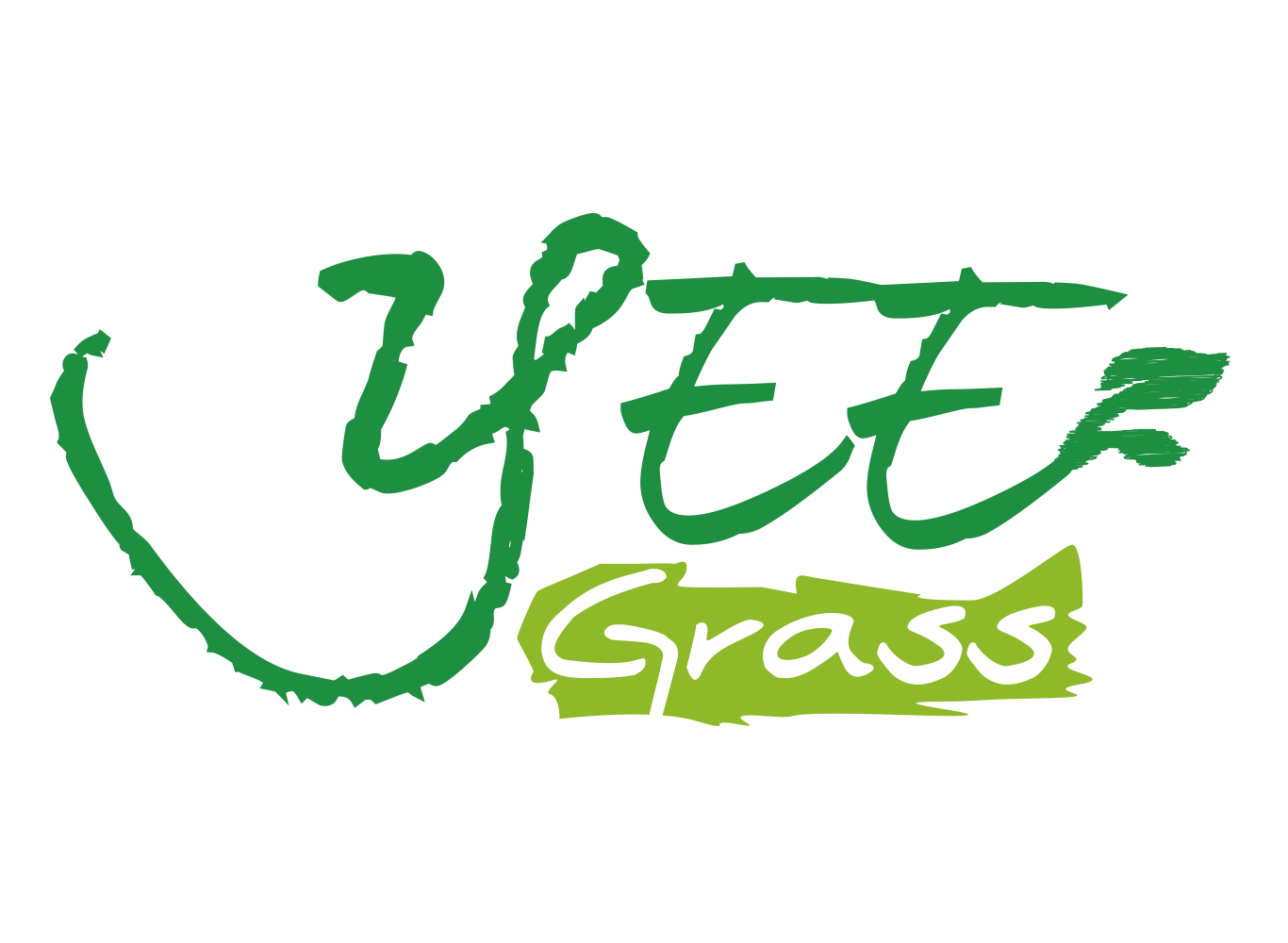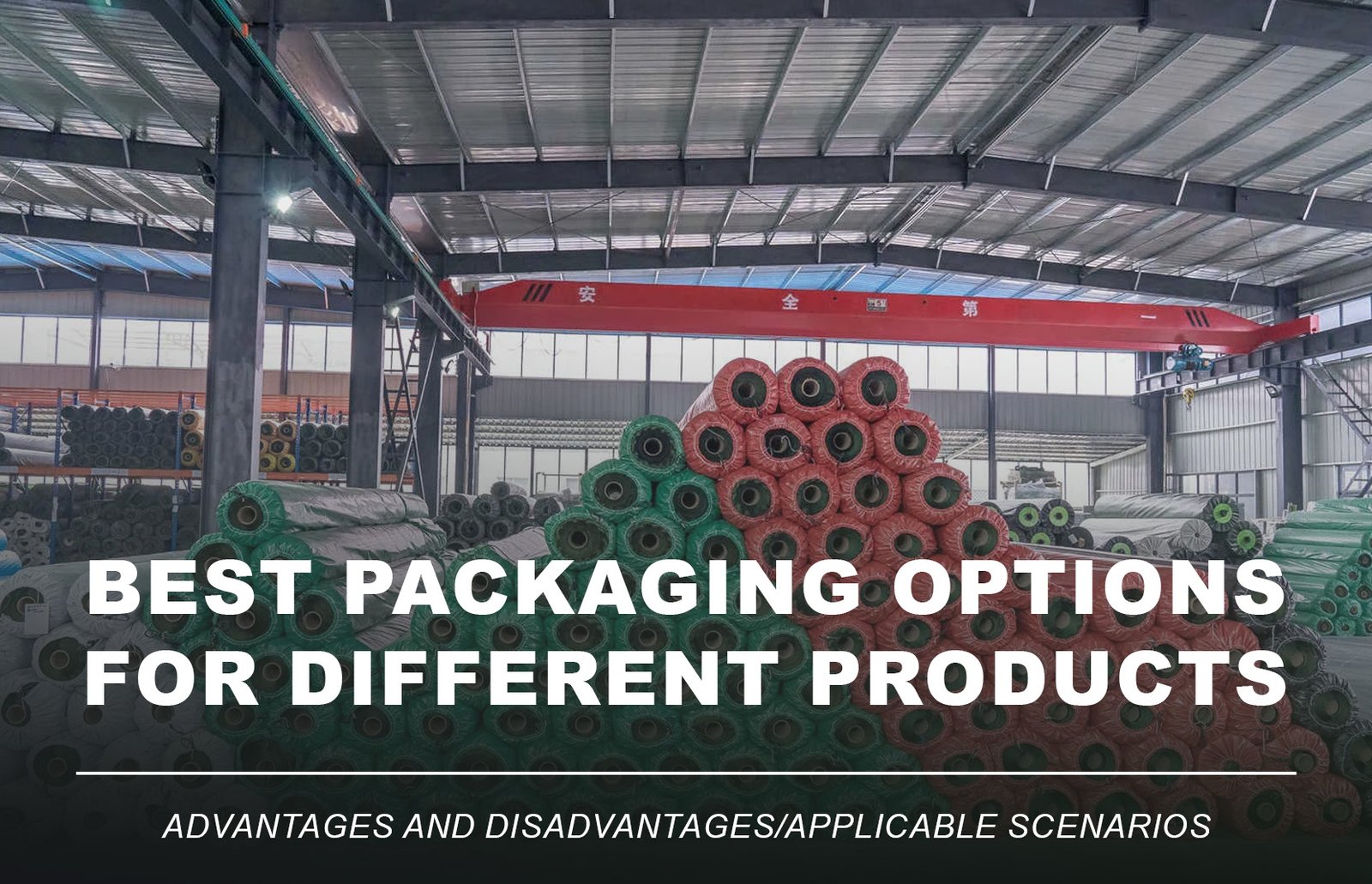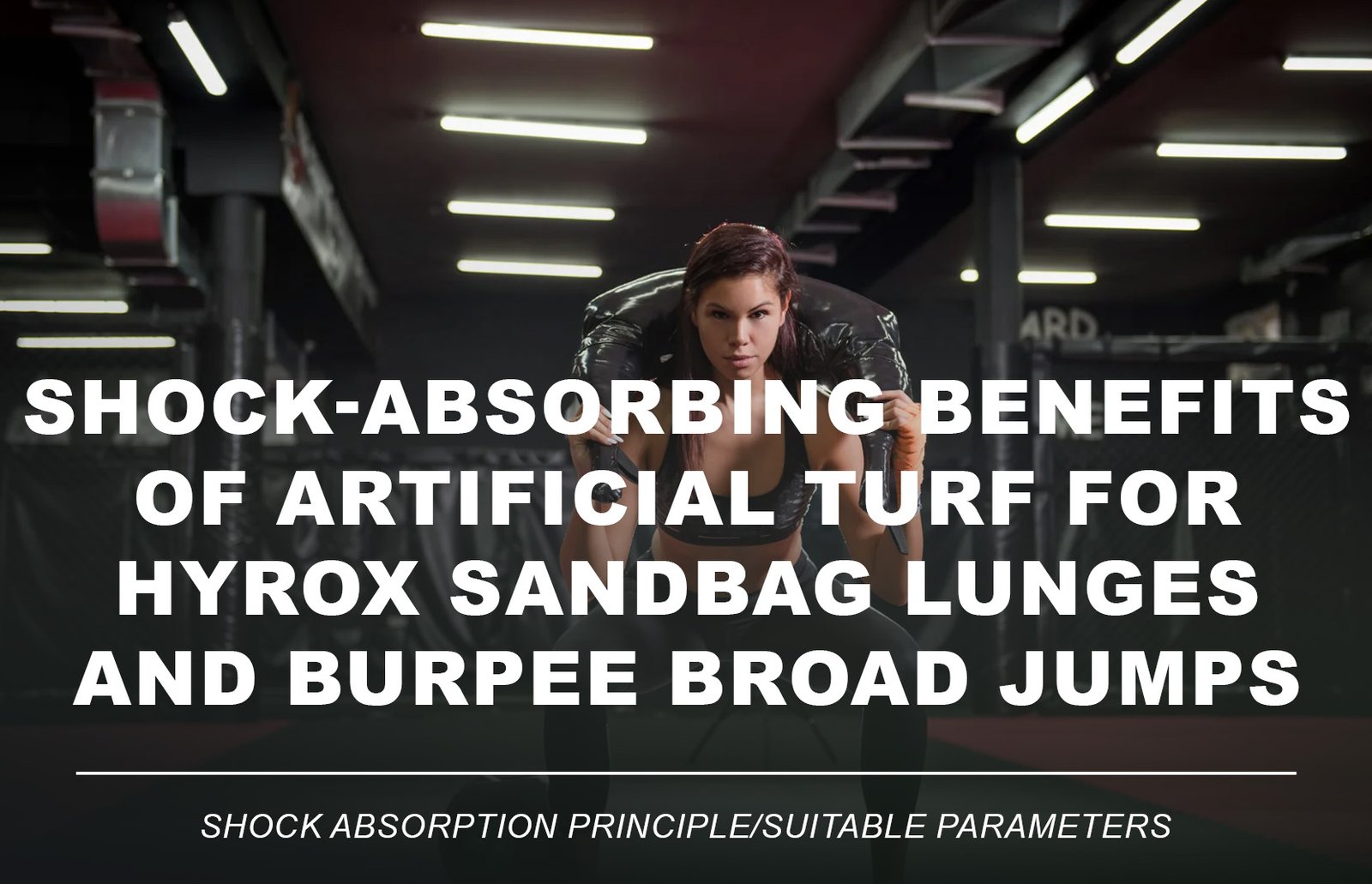
1. The Rise of Padel: From Private Courts to Global Phenomenon
Originating in Mexico in 1969, padel quickly expanded across Spain and Argentina, becoming the second most played sport in Spain. Today, it’s played in 90+ countries and is governed by the FIP and the World Padel Tour (WPT).
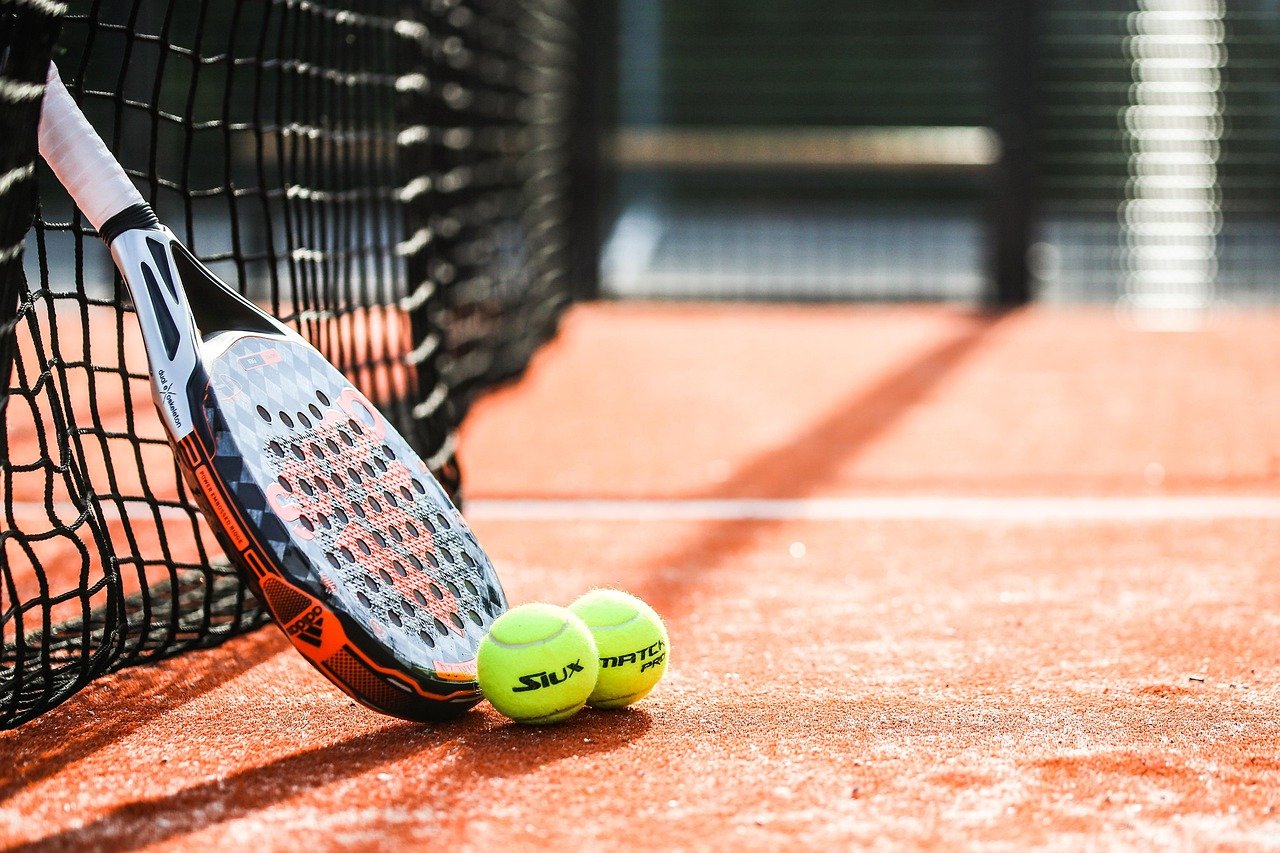
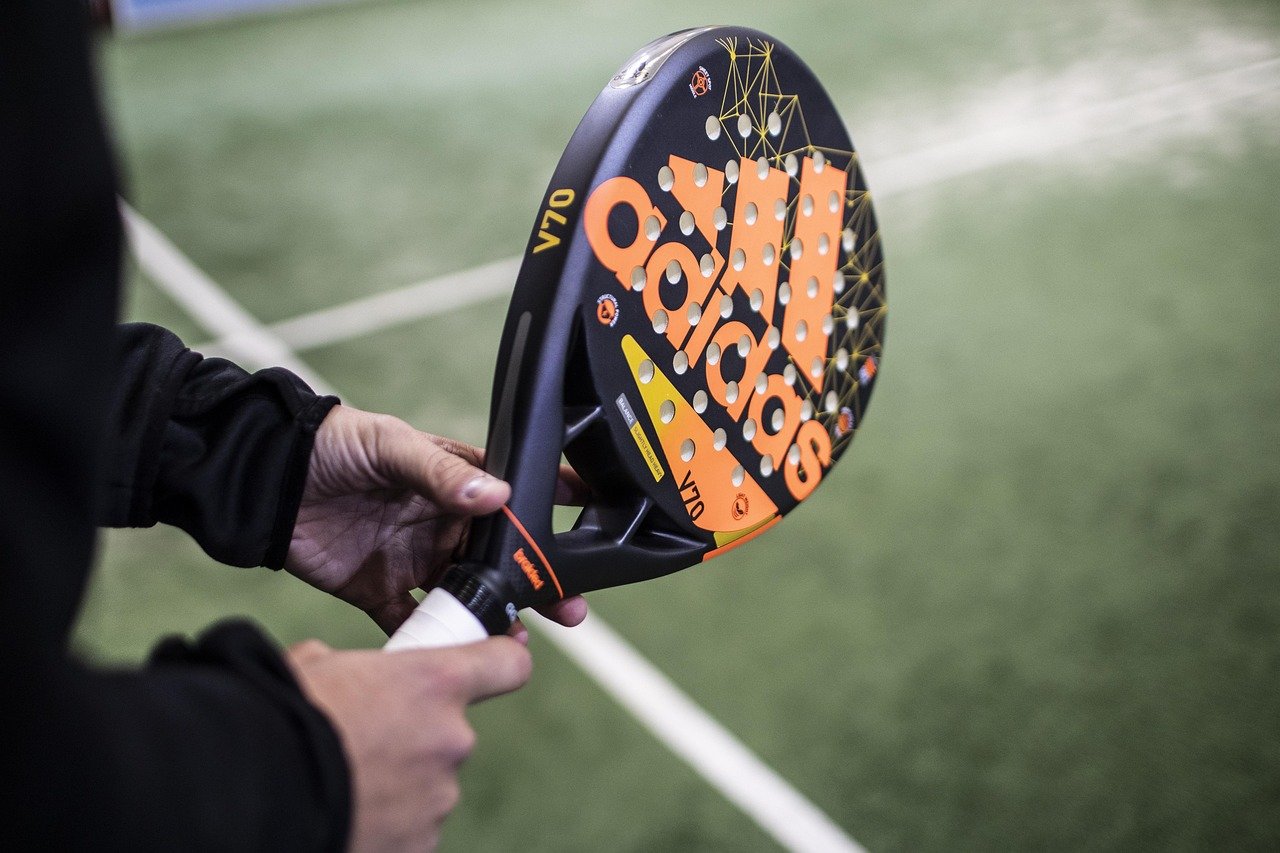

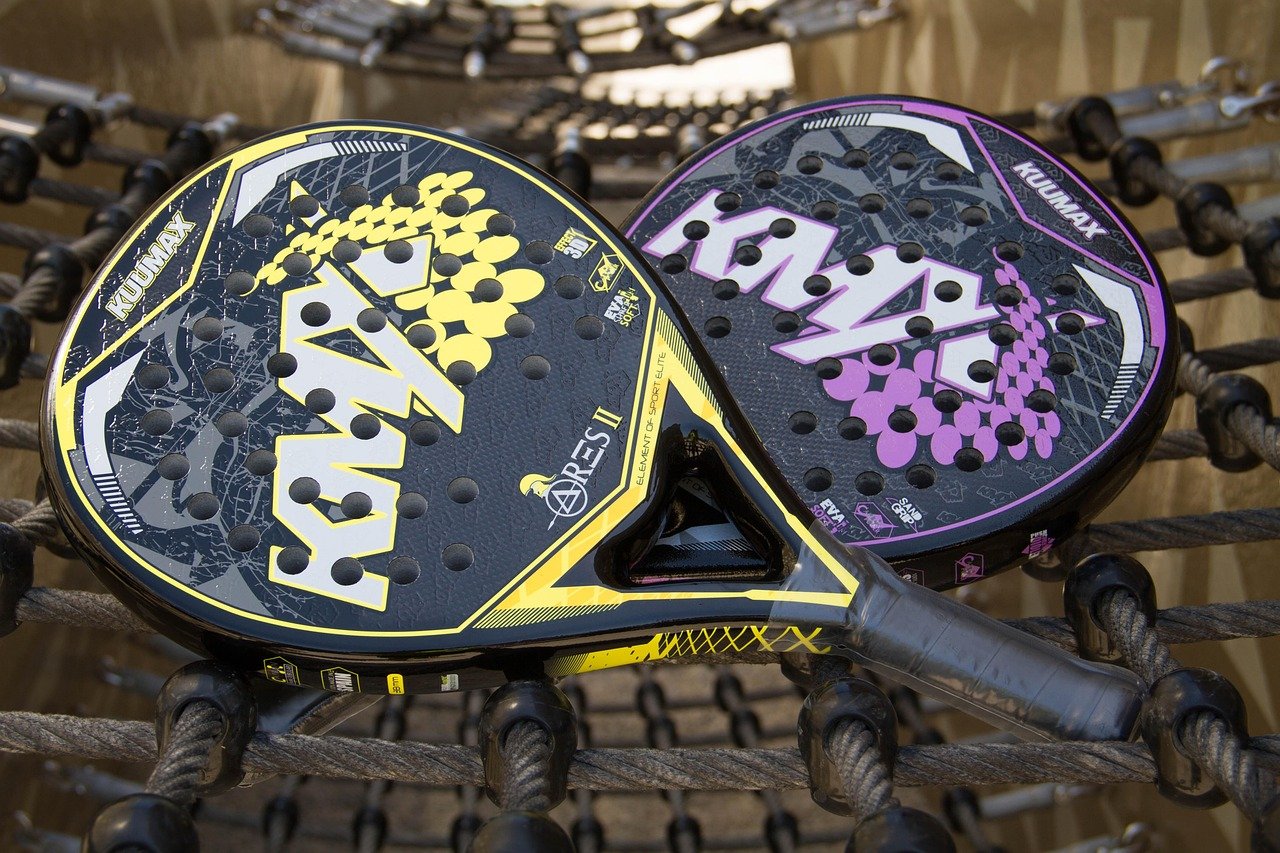
2. What Is a Padel Ball? And How Is It Different from a Tennis Ball?

Though similar in appearance, padel balls differ significantly from tennis balls:
- Size & Weight: Slightly smaller and lighter (56–59.4g)
- Pressure: Lower internal pressure for controlled bounce
- Not Interchangeable: Tennis balls bounce too high and disrupt game rhythm
3. Padel Ball Construction: What You Need to Know Before Buying
Understanding the core design of padel balls helps in selecting the right model:
| Feature | Description |
| Core | Rubber center + durable felt |
| Felt Material | Designed for spin and friction resistance |
| Pressurized Ball | High bounce, great feel, lasts 3–5 matches |
| Non-Pressurized | Durable for training but lower rebound |
Common Question:
“How often should I replace a padel ball?”
→ Pressurized balls: every 3 matches; Training balls: up to 10 hours.
4. How Court Types Affect Padel Ball Performance
Ball speed and bounce vary significantly depending on the court surface and conditions:
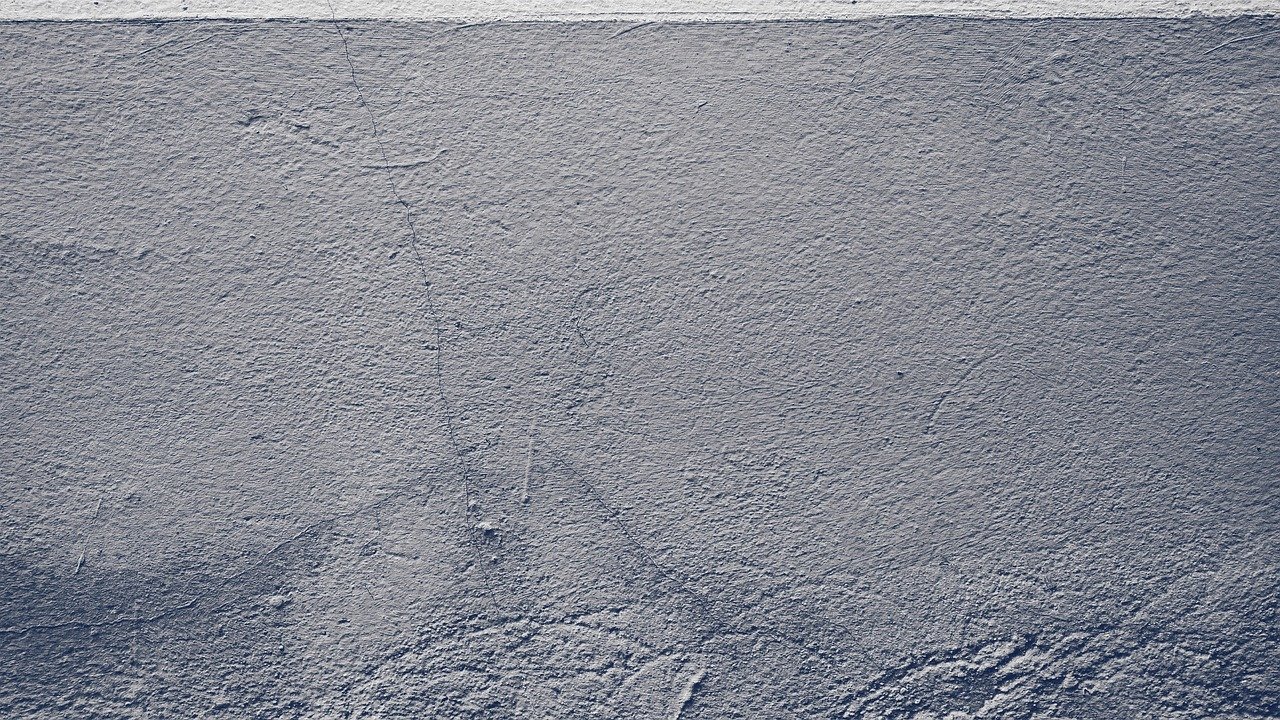

- Concrete: Fast rebounds, suitable for offensive play
- Artificial Grass: Softer bounce, easier control — ideal for beginners & clubs
- Environment: High altitude increases bounce; wet/cold conditions reduce control
5. How Padel Balls Perform on Synthetic Grass Courts
Artificial turf significantly affects ball behavior:
- ✔️ Pile Height: 12–15mm slows down the ball, better for defensive play
- ✔️ Wet Surfaces: Reduce friction and spin potential
- ✔️ Density Matters: Denser turf provides more consistent bounce and control
6. Comparing Turf Types: How Grass Structure Influences Ball Behavior
| Parameter | High-Performance Turf | Standard Turf | Low-End Turf |
| Pile Height | 12–15mm | 10–12mm | <10mm |
| Material | PE | PP only | Recycled fiber |
| Ball Bounce | Medium–High | Medium | Low |
| Surface Grip | Balanced | Strong | Weak |
7. Construction Tips: Matching Padel Balls with the Right Turf
- Silica Sand Infill Turf: Stabilizes fibers and improves bounce consistency
- Climate-Specific Turf Options:
- Humid Regions: Permeable backing + water-repellent yarns
- Sunny/Dry Regions: UV-resistant turf to prevent aging
8. Standard Court Dimensions & Turf Coverage Requirements
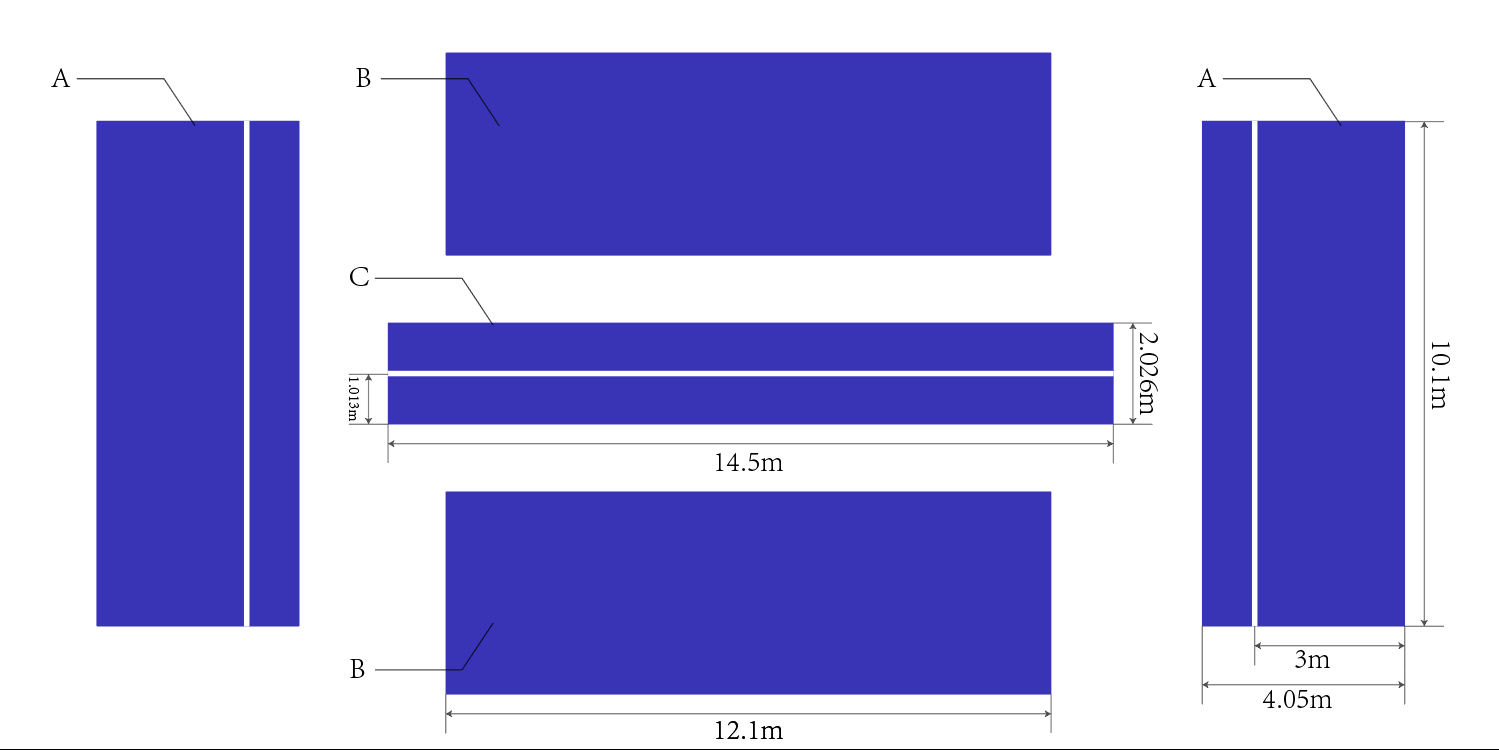
- Court Size: 20m x 10m (suggested turf area: 22m x 12m = 264㎡)
- Wall Setup: Glass back walls (3m) + metal mesh sides (up to 4m)
- Net Height: 88cm at center, 92cm at sides
- Turf Installation: Use modular 2m or 4m rolls for easier seaming
- Silica Sand Infill Ratio: 15–25kg/m²
9. Turf Maintenance and Its Impact on Padel Ball Lifespan

- 🧹 Dirt & Dust: Accelerates felt wear, reduces bounce
- 🛠️ Maintenance Tips:
- Weekly cleaning & infill top-up
- Use stiff brushes to lift grass blades
- Proper upkeep extends ball life 2–3x
10. Sustainability Trends: Eco-Friendly Padel Balls & Green Turf

- Recyclable Padel Balls made from eco-friendly materials
- Zero-Irrigation Turf for water-saving court management
- Reusable Ball Canisters (e.g., Head, Wilson) to maintain pressure
11. FAQ: Frequently Asked Questions
- How long does a padel ball last?
→ Match balls: 3–5 matches; Training balls: 10–15 hours - Can I use any turf for padel?
→ Yes, but FIP-certified turf ensures better control - Can I play on wet artificial turf?
→ Not recommended unless using anti-slip turf and adapted balls
12. Conclusion: The Right Ball + The Right Turf = Better Play
Padel ball performance is not isolated — it depends heavily on turf structure, environmental factors, and ongoing maintenance. Choosing the right combination boosts player satisfaction and extends equipment lifespan.
13.Get Your Customized Turf & Padel Ball Combo Now
Are you a club owner, contractor, or facility manager? Contact us for:
- Free product samples
- Professional turf-ball matching guide
- Custom quote for certified FIP padel turf
